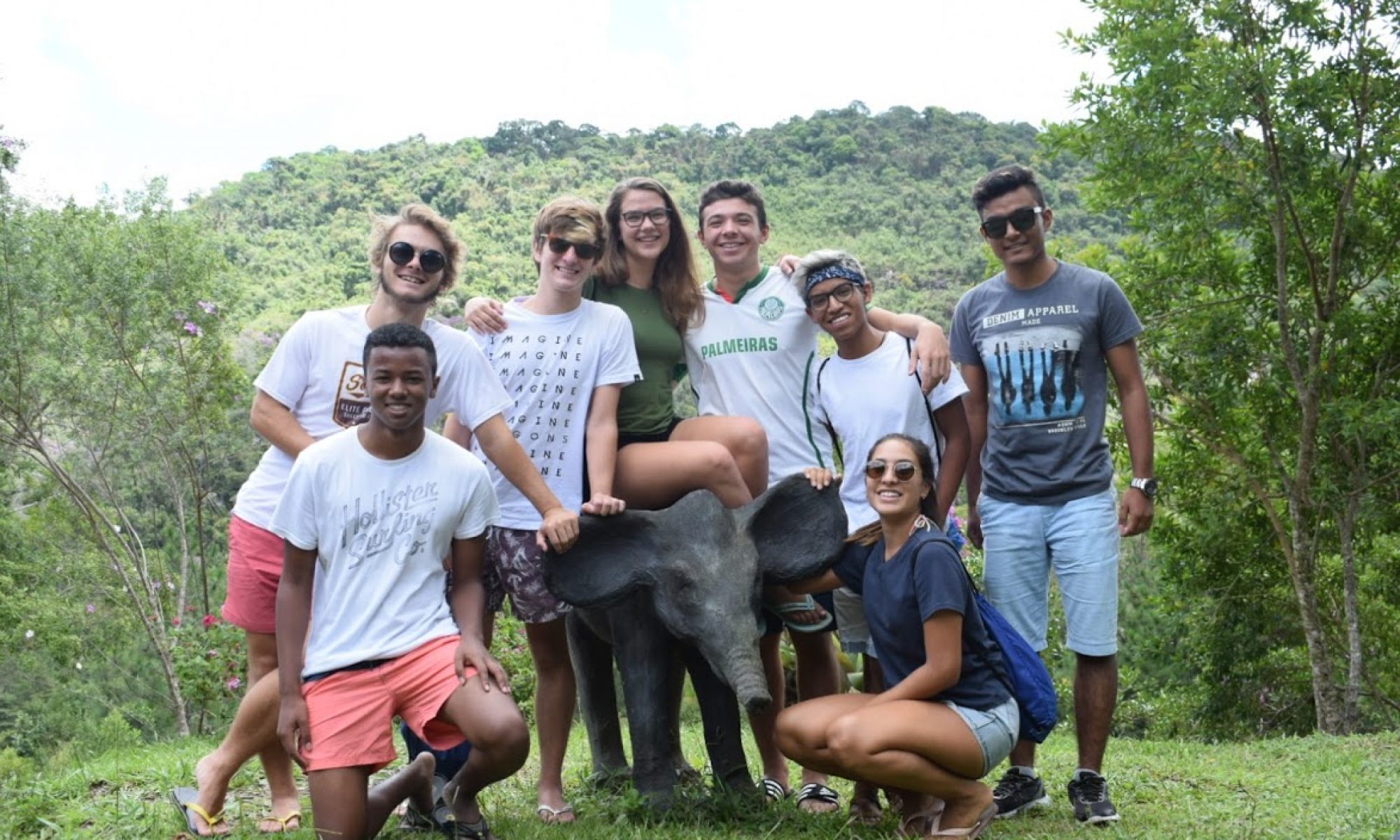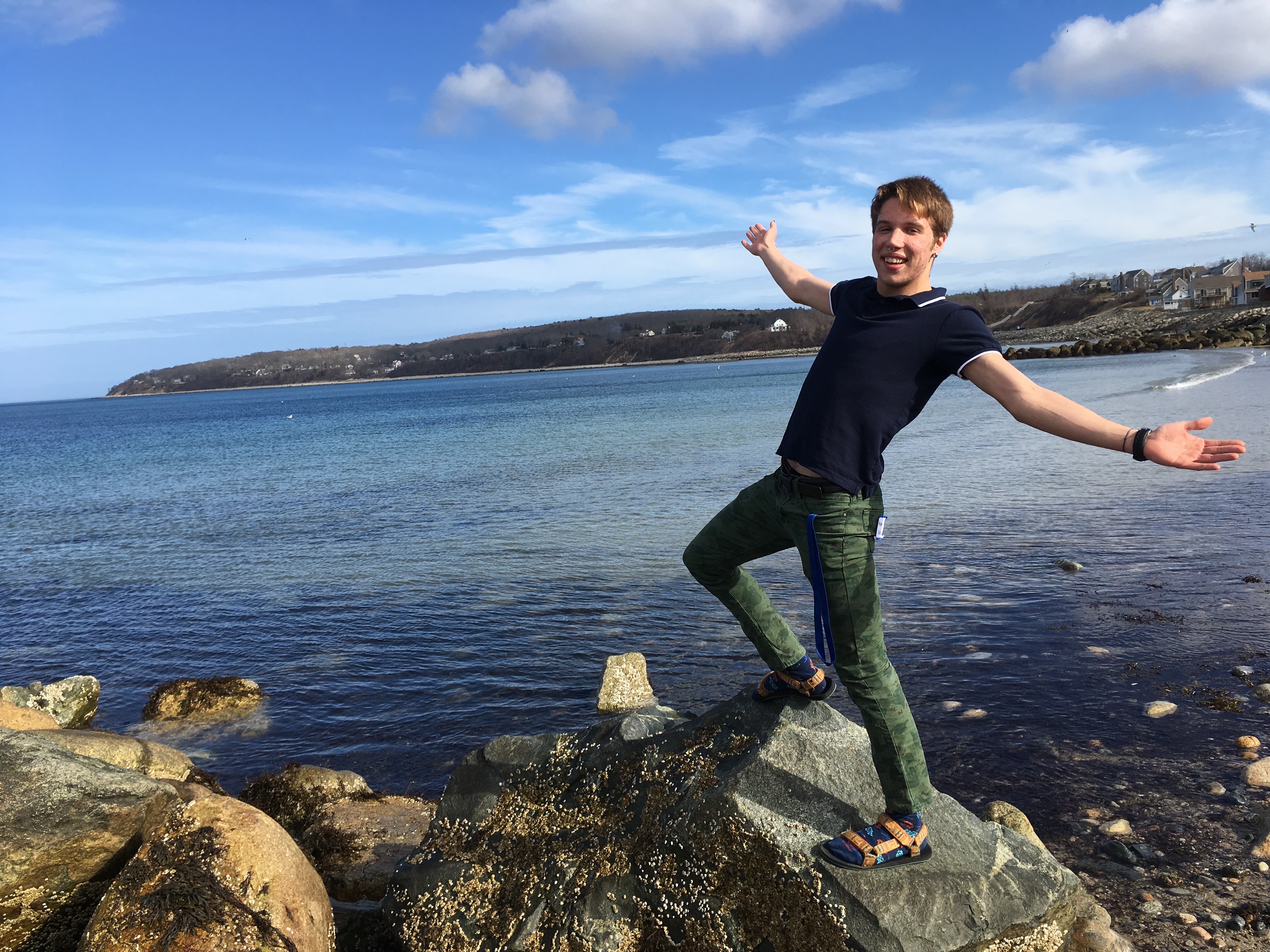
by Jordyn, Tufts 1+4 Participant
I spent a lot of the first semester of my senior year of high school trying to sound smart.
I mean, anyone applying to college is doing their best to play up every redeeming quality they have, especially when it comes to writing. Writing has always been one of my favorite subjects and I felt on top of the world when I was writing my college essays. I remember the day I started pretty well.
A close friend of mine and I decided to start together and to give each other honest creative advice. After about an hour of the occasional discussion thread and the clicking of laptop keys, we read each other our first drafts. A lot of that essay writing was a blur, but what she wrote would prove to have a lasting impact on me. Her prompt was something along the lines of “describe a relationship that is very important to you.” Though many people wrote about close friendships and family, she went off the beaten path. Her essay was about the the ocean.
At the time I read it, I had been to the ocean maybe twice in my life and knew that it was a vital part of Earth, but beyond the relaxing nature of beaches, a deep, emotional connection to the sea was a weird and unfamiliar concept. Since then, her relationship with the ocean has been dormant in the back of my mind until I began to spend more time getting to know the sea. With the end of my time in Brazil looming in the distance, I’ve realized just how close we have become.
Every day I look out my window of my quaint little house on a hill overlooking the Atlantic and I thank my lucky stars that I wake up to something so beautiful. I can walk to the beach in five minutes. There awaits a place to read, a place to meditate, somewhere to swim, and a place to be with friends. Some of my favorite moments of this year involve the beach and the ocean. I went to a surfing competition with my family, I’ve had countless deep conversations with my host mom on walks along the beach, I’ve finished lots of books, and made lifelong connections with Brazilians, other South Americans, and “US-ers” alike.
Through all that time, braving jellyfish and powerful tides, I was getting to know the ocean. I have grown accustomed to the sound of waves crashing on the beach and the idea of sand getting absolutely everywhere. When I think about coming back to the United States, I feel the pang of what Portuguese speakers call “saudades” -a deep, melancholic feeling of missing someone or something very dear to you- for my bit of the ocean here in Brazil. I get why my friend wrote about that connection. It is profound.







